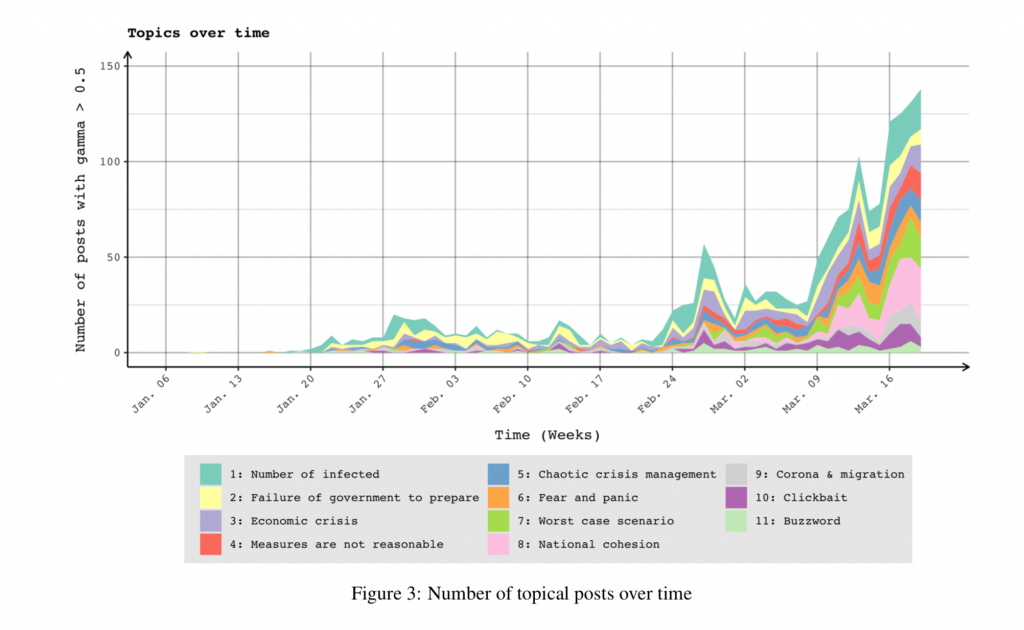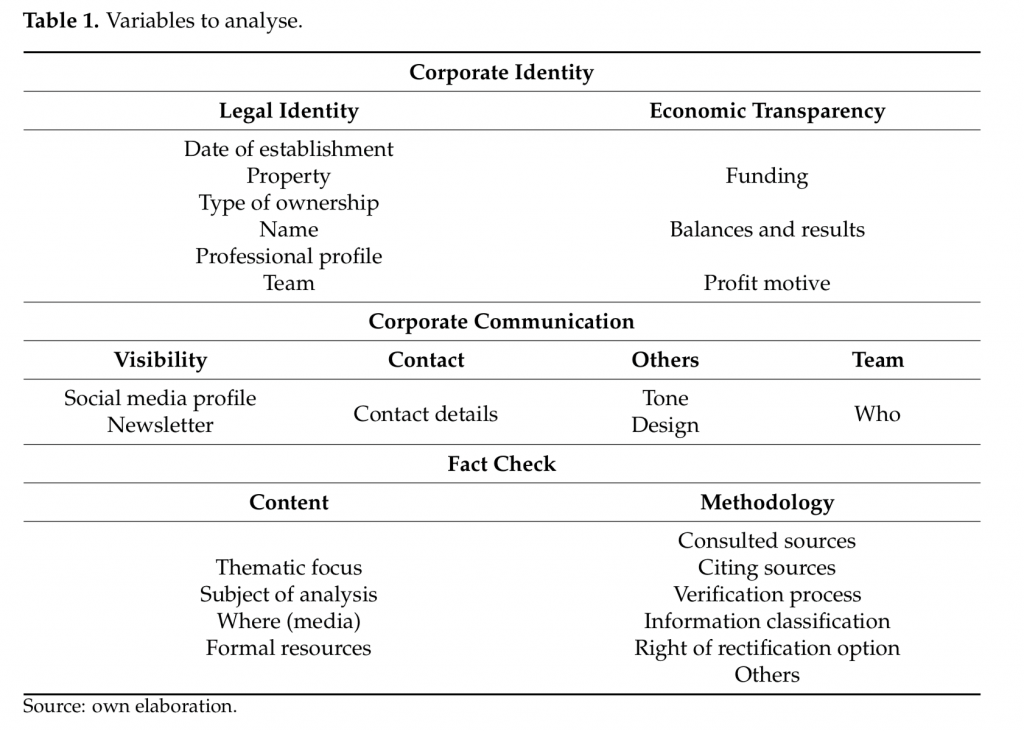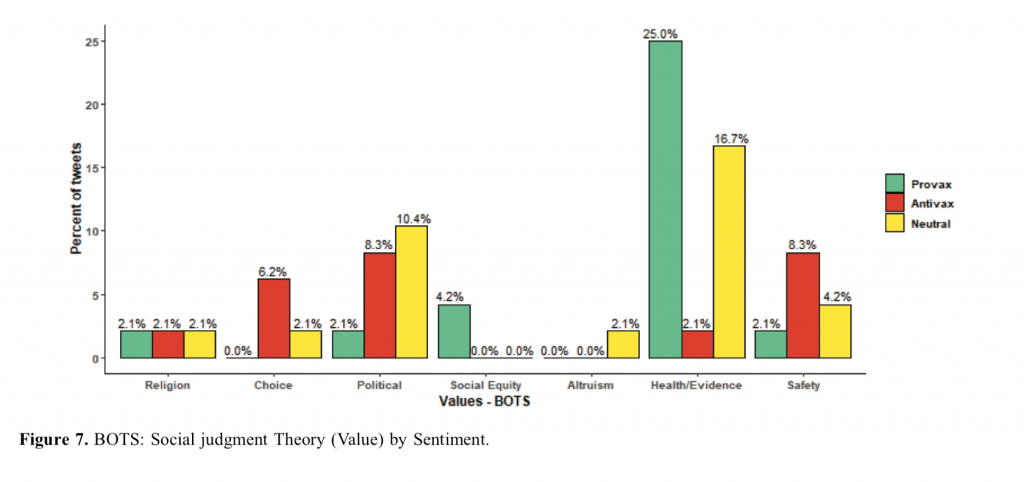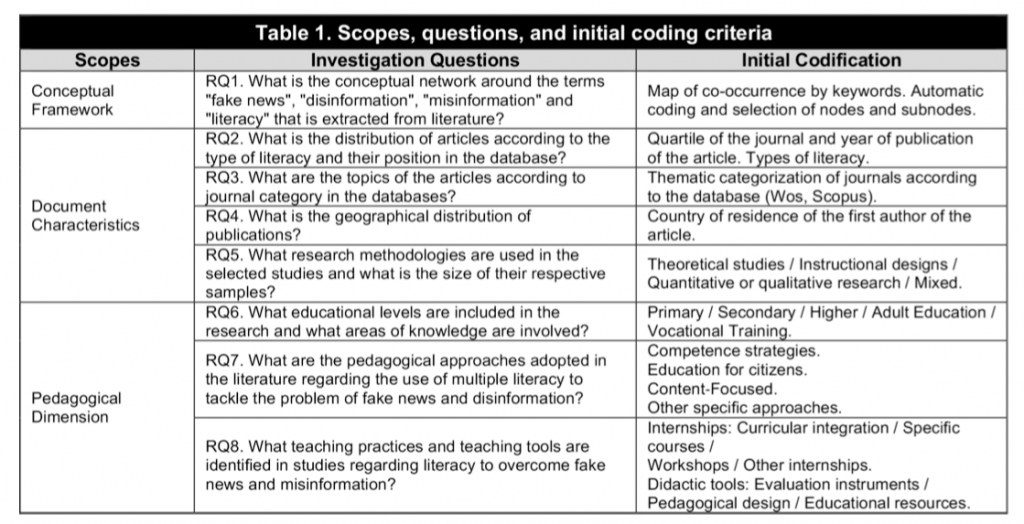Misinformation is false or inaccurate information: getting the facts wrong. Disinformation is false information deliberately intended to mislead and make the misstating facts (APA, 2022). While online misinformation/disinformation is influencing how we tackle public health issues, how we understand the climate change, and how we foster a civic learning environment, more scholarly articles probe topics like online fakes news. The following 20 selected articles used content analysis to study online misinformation and disinformation in the sectors of health communication, science communication, and political communication. Check it out!
- Abu Arqoub, O., Abdulateef Elega, A., Efe Özad, B., Dwikat, H., & Adedamola Oloyede, F. (2022). Mapping the scholarship of fake news research: A systematic review. Journalism Practice, 16(1), 56-86.

- Al Khaja, K. A., AlKhaja, A. K., & Sequeira, R. P. (2018). Drug information, misinformation, and disinformation on social media: a content analysis study. Journal of public health policy, 39(3), 343-357. https://doi.org/10.1057/s41271-018-0131-2
- Bradshaw, S., & Howard, P. N. (2019). The global disinformation order: 2019 global inventory of organised social media manipulation. Copyright, Fair Use, Scholarly Communication, etc.. 207. https://digitalcommons.unl.edu/scholcom/207
- Boberg, S., Quandt, T., Schatto-Eckrodt, T., & Frischlich, L. (2020). Pandemic Populism: Facebook Pages of Alternative News Media and the Corona Crisis – A Computational Content Analysis. ArXiv, abs/2004.02566.

- Cacciatore M. A. (2021). Misinformation and public opinion of science and health: Approaches, findings, and future directions. Proceedings of the National Academy of Sciences of the United States of America, 118(15), e1912437117. https://doi.org/10.1073/pnas.1912437117
- Golbeck, J., Mauriello, M., Auxier, B., Bhanushali, K. H., Bonk, C., Bouzaghrane, M. A., … & Visnansky, G. (2018, May). Fake news vs satire: A dataset and analysis. In Proceedings of the 10th ACM Conference on Web Science (pp. 17-21).
- Golovchenko, Y. (2020). Measuring the scope of pro-Kremlin disinformation on Twitter. Humanities and Social Sciences Communications, 7(1), 1-11. https://doi.org/10.1057/s41271-018-0131-2
- Hameleers, M. (2020). Populist Disinformation: Exploring Intersections between Online Populism and Disinformation in the US and the Netherlands. Politics and Governance, 8(1), 146-157. doi:https://doi.org/10.17645/pag.v8i1.2478
- Hameleers, M., & Minihold, S. (2020). Constructing discourses on (un) truthfulness: Attributions of reality, misinformation, and disinformation by politicians in a comparative social media setting. Communication Research. https://doi.org/10.1177/0093650220982762

- Iosifidis, P., & Nicoli, N. (2020). The battle to end fake news: A qualitative content analysis of Facebook announcements on how it combats disinformation. International Communication Gazette, 82(1), 60–81. https://doi.org/10.1177/1748048519880729
- Jussila, J.; Suominen, A.H.; Partanen, A.; Honkanen, T. (2021). Text Analysis Methods for Misinformation Related Research on Finnish Language Twitter. Future Internet, 13(157). https://doi.org/10.3390/fi13060157.
- López-Marcos, C., & Vicente-Fernández, P. (2021). Fact Checkers Facing Fake News and Disinformation in the Digital Age: A Comparative Analysis between Spain and United Kingdom. Publications, 9(3), 36. MDPI AG. Retrieved from http://dx.doi.org/10.3390/publications9030036

- Mourão, R. R., & Robertson, C. T. (2019). Fake news as discursive integration: An analysis of sites that publish false, misleading, hyperpartisan and sensational information. Journalism studies, 20(14), 2077-2095. https://doi.org/10.1080/1461670X.2019.1566871
- Ngai, C., Singh, R. G., & Yao, L. (2022). Impact of COVID-19 Vaccine Misinformation on Social Media Virality: Content Analysis of Message Themes and Writing Strategies. Journal of medical Internet research, 24(7), e37806. https://doi.org/10.2196/37806
- Nkonde, M., Rodriguez, M. Y., Cortana, L., Mukogosi, J. K., King, S., Serrato, R et al. (2021). Disinformation creep: ADOS and the strategic weaponization of breaking news. The Harvard Kennedy School Misinformation Review. https://doi.org/10.37016/mr-2020-52
- Rosińska, K. A. (2022). Disinformation in Poland: Thematic classification based on content analysis of fake news from 2019. Cyberpsychology: Journal of Psychosocial Research on Cyberspace, 15(4). https://doi.org/10.5817/CP2021-4-5
- Scannell, D., Desens, L., Guadagno, M., Tra, Y., Acker, E., Sheridan, K et al. (2021). COVID-19 vaccine discourse on Twitter: A content analysis of persuasion techniques, sentiment and mis/disinformation. Journal of health communication, 26(7), 443-459. https://doi.org/10.1080/10810730.2021.1955050

- Valverde-Berrocoso, J., González-Fernández, A., & Acevedo-Borrega, J. (2022). Disinformation and multiliteracy: A systematic review of the literature. Comunicar, 30(70).

- Wilson, Tom, & Starbird, Kate. Cross-Platform Disinformation Campaigns: Lessons Learned and Next Steps. Harvard Kennedy School Misinformation Review, 1 (1). Retrieved from https://par.nsf.gov/biblio/10171226. https://doi.org/10.37016/mr-2020-002
- Xia, Y., Lukito, J., Zhang, Y., Wells, C., Kim, S. J., & Tong, C. (2019). Disinformation, performed: Self-presentation of a Russian IRA account on Twitter. Information, Communication & Society, 22(11), 1646-1664. https://doi.org/10.1080/1369118X.2019.1621921
